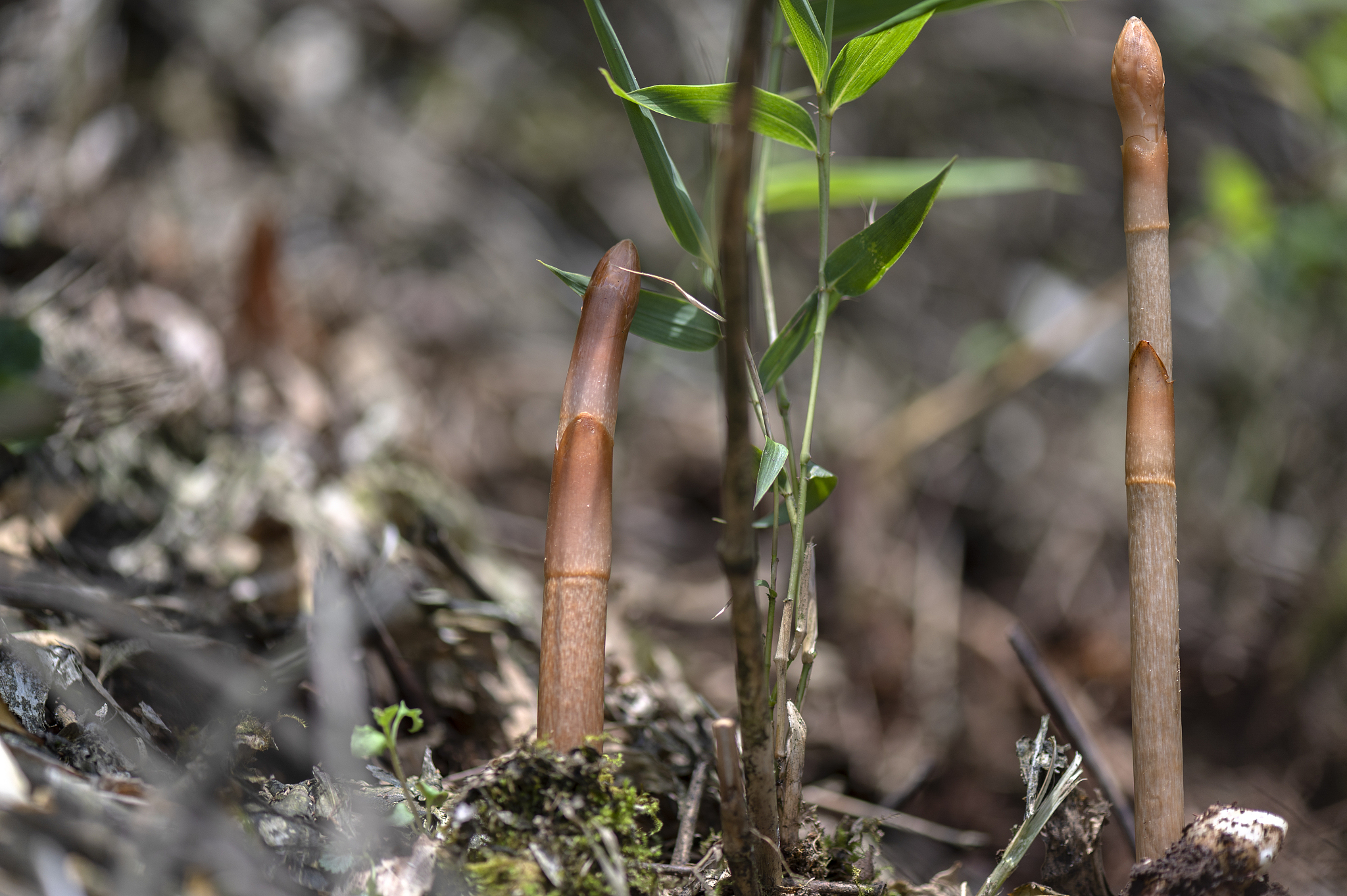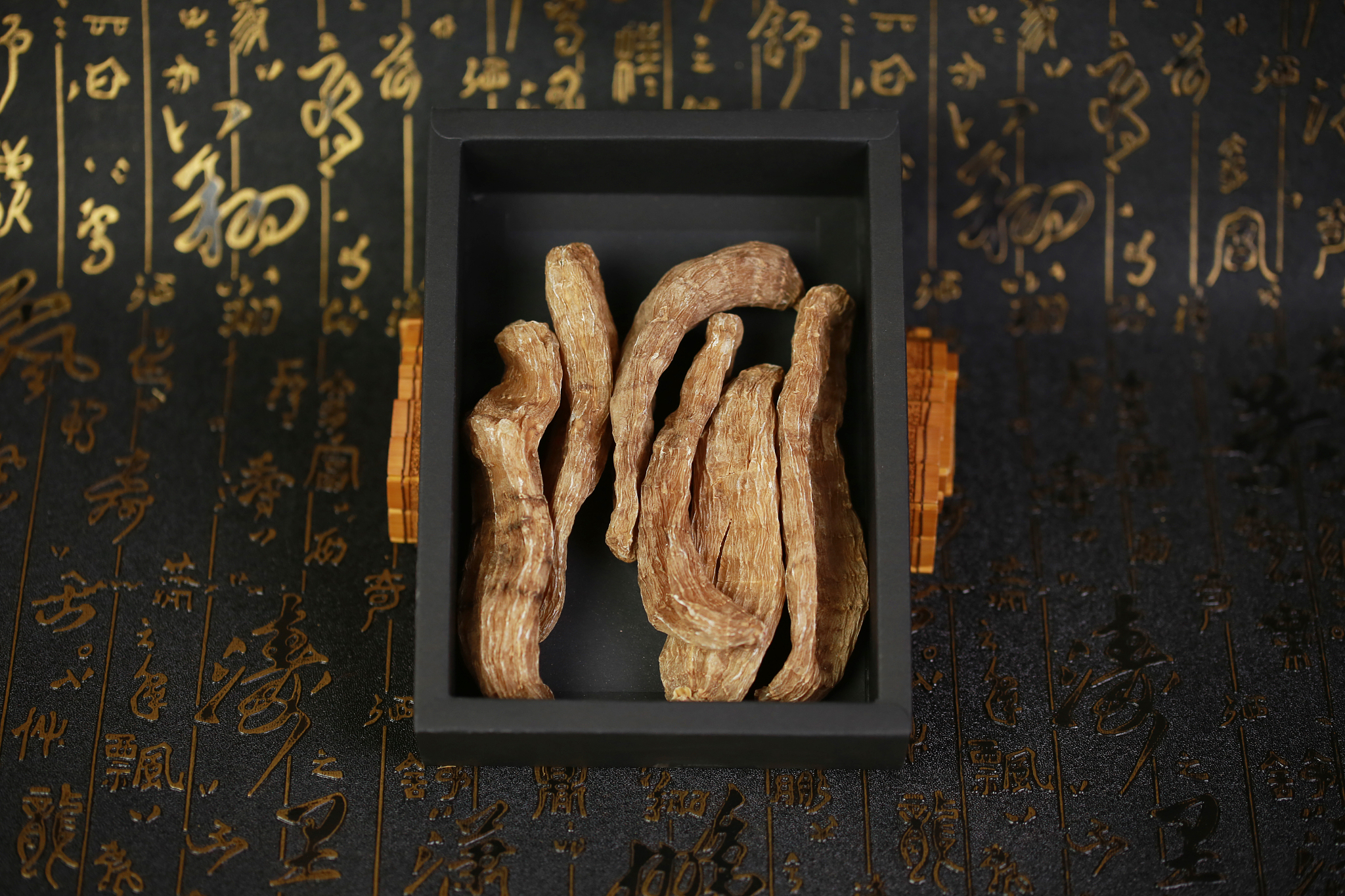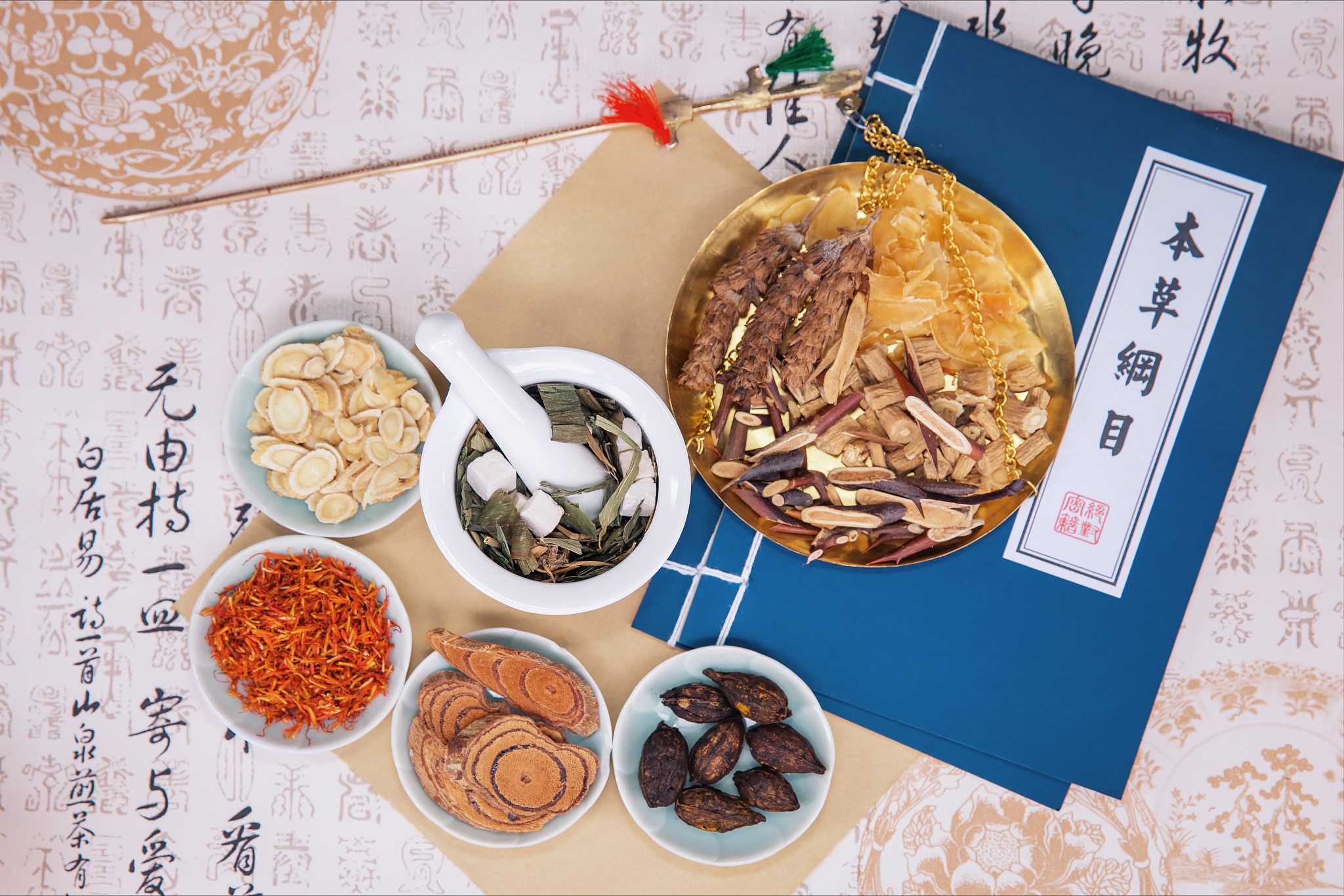Legend has it that in ancient times, Shennong (the Yan Emperor during the Neolithic period) went deep into the mountains to collect herbs. On getting up after falling on one occasion, he saw a strange plant with no leaves on its round auburn stem that looked like an arrow sticking into the ground. Later he found out that it could cure many diseases. He thought it was a relic of the gods and named it the God Arrow.
These kinds of arrows are named red arrows in "Compendium of Materia Medica," written by Li Shizhen, a famous medical and pharmacist of ancient China's Ming Dynasty (1518-1593).

Red arrows, also called Tianma in Chinese, mainly cure rheumatic arthralgia, muscle contracture, dizziness and headache, according to "Compendium of Materia Medica." It's considered a top grade medicine in literature of traditional Chinese medicine and has been used for centuries.
According to the "Chinese Pharmacy Dictionary," it's used in the treatment of dizziness, black eyes, headache, limb numbness, hemiplegia, slurred speech and juvenile convulsions.

The dried rhizome of Gastrodia elata, red arrow, has a sweet taste and moderate nature.
Gastrodia elata is a saprophytic perennial herb in the family Orchidaceae. It has an 8 to 12 centimeters long elliptical underground rhizome with a diameter of 3 to 5 centimeters and may grow up to 7 centimeters. The stem is erect with a height of 0.3 to 2 meters. It grows in the forest at 400-3200 meters above sea level in temperate zones. It's a myco-heterophyte that has a symbiotic relationship with the fungus Mycena osmundicola for germination and Armillaria mellea for nutrition on rotten wood.

About 'The Great Herbs' series:
Chinese herbal medicine is the precious legacy of the Chinese people's struggle against diseases for thousands of years and the essence of Chinese culture accumulated over this time. The "Compendium of Materia Medica," written by Li Shizhen, is a valuable heritage of ancient Chinese medicine and botany that has played a significant role in promoting the development of medicine and pharmacy in China and even the world. In this series, CGTN explores some of the great herbs mentioned in the book.
For more:
The Great Herbs: The first of China's nine immortal herbs
The Great Herbs: The buster of blood
Chinese ground orchids help control rocky desertification in SW China
The Great Herbs: Flowers with two colors
The Great Herbs: The king of hundreds of herbs
The Great Herbs: Ancient 'mushroom of immortality' on rotten woods
The Great Herbs: Herb with a fishy taste
The Great Herbs: Licorice 'the old man' in the kingdom of medicine
(All images via VCG)
(If you want to contribute and have specific expertise, please contact us at nature@cgtn.com.)

